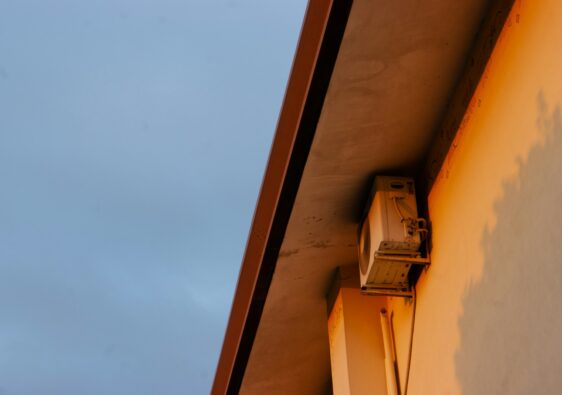Technology has transformed almost every aspect of our lives, and interior design is no exception. From virtual reality tools to smart home technology, there are a host of new tools and techniques available to interior designers that are changing how they work.
In this article, we’ll take a closer look at the role of technology in modern interior design and how the Los Angeles interior designer is using it to create innovative and stunning spaces.
1. Virtual Reality and 3D Modeling
One of the most significant changes in modern interior design has been the advent of virtual reality (VR) and 3D modeling software. These tools allow designers to create incredibly detailed, realistic renderings of spaces clients and stakeholders can explore in real time.
This technology is particularly useful for large commercial projects, where clients need to be able to visualize a space before it is built.
For example, an interior designer working on a hotel project could use VR technology to create a virtual walk-through of the hotel lobby, complete with furnishings, lighting, and decor. This would give the client a better sense of the space than traditional 2D renderings or physical models.
By incorporating virtual reality technology and 3D modeling into their design process, interior designers can also provide clients the flexibility to make changes and adjustments to their projects, ultimately ensuring that the final result aligns with their original vision.
2. Smart Home Technology
Smart home technology has also had a significant impact on modern interior design. Today’s homes are more connected than ever, with everything from thermostats to lighting controlled by a smartphone or voice command.
For example, an interior designer might install smart lighting that can be controlled via a smartphone app or voice command. This would allow homeowners to adjust the lighting throughout their homes without ever having to get up from the couch. Similarly, a designer might install a smart thermostat to learn a homeowner’s habits and adjust the temperature accordingly, saving energy and money.
Interior designers Los Angeles are increasingly incorporating these technologies into their designs to create homes that are not only beautiful but also highly functional.
3. Artificial Intelligence (AI)
Artificial Intelligence (AI) is rapidly making its way everywhere, and interior design hasn’t been left out. Designers are now using AI tools to analyze data and identify patterns and trends that can inform their designs.
For example, some designers use AI-powered software to analyze customer behavior and preferences to create personalized designs tailored to each client’s tastes and needs.
AI can also be used to optimize space planning and improve the functionality of a space by analyzing traffic flow and usage patterns. With AI technology, interior designers can create more efficient and effective spaces that meet the specific needs of their clients.
4. Sustainability and Green Technology
Sustainability and green technology are also increasingly important in modern interior design. As consumers become more conscious of their environmental impact, designers are looking for ways to create beautiful and sustainable spaces. This might include using eco-friendly materials, such as bamboo flooring or recycled glass countertops, or incorporating energy-efficient lighting and HVAC systems.
Designers are also using technology to create more sustainable spaces. For example, some designers use 3D printing to create furniture and decor from recycled materials. Others use software to analyze a space’s energy usage and identify areas for improvement.
5. Collaboration and Communication Tools
Finally, modern technology has significantly impacted how an interior designer Los Angeles-based collaborates and communicates with clients and other stakeholders. With tools like Zoom and Slack, designers can now easily communicate with clients and share ideas and feedback in real time, regardless of their location. This has made it easier for designers to work with clients worldwide and enabled more seamless collaboration between designers, architects, contractors, and other professionals.
Embracing Technology: The Future of Interior Design
Technology is changing how we think about interior design, and top designers are embracing these changes to create stunning and innovative spaces. Whether through VR technology, smart home systems, sustainable materials, or collaboration tools, technology is helping designers create spaces that are beautiful but also functional, sustainable, and connected.
If you want to redesign your home or commercial space, consider working with an up-to-date interior designer in Los Angeles.



